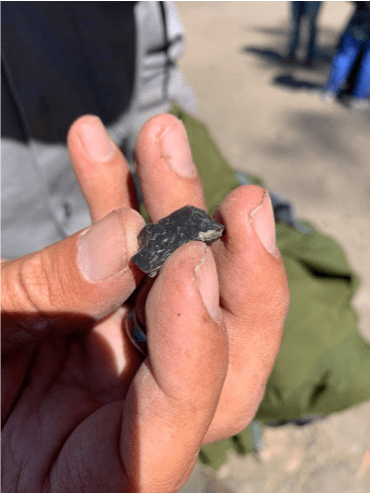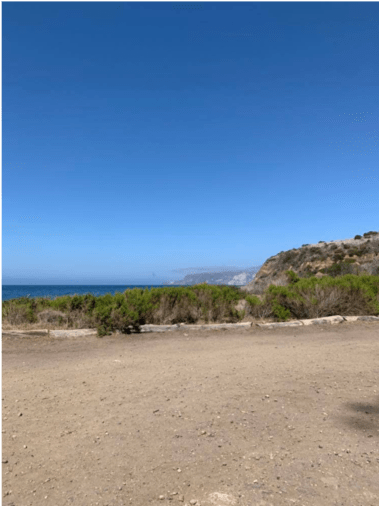Archaeology Through the Ages
Written by: Mahnoor Rahman

After visiting the Channel Islands for volunteer work, I had the opportunity to visit it once more to practice archaeology. This was a whole new experience compared to the first trip to the islands. This trip was to do archaeology and was meant to be two days. On the way there we saw dolphins and whales which made the experience of being on a boat that much better. The project itself consisted of digging four holes with an auger; our job as archaeologists was to sift through the soil pulled out to make sure there were no cultural resources within them. While the project itself was small the experience is something I’ll never forget. It was my first experience working as an archaeologist past pedestrian archaeology. I was able to see a wide range of prehistoric and historic artifacts as well as widen my knowledge of Chumash archaeology. A major aspect of this project was learning how to identify shell mittens. We had run across one and my supervisor took the time to explain how the soil will change colors over time and have an oily texture compared to other soil due to the shells. I also was able to understand how sensitive they can be as the tribal monitor explained to me that people would sometimes bury their dead near or under shell mittens.

During this whole experience I was able to learn two things. First, I realized how sensitive the work I do can be. It is not just studying the past but a responsibility to respect and preserve it for communities who may not have access to their own culture and power over it. The second is how varied archaeology work is. While I have spent the last couple of weeks working on monitoring and surveying sites, they were mostly in the Santa Monica mountains. This was truly the first time I had a completely different landscape. I am starting to understand what it takes to be an archaeologist.
Interested in conservation? If so, visit ACE’s homepage to learn more.
